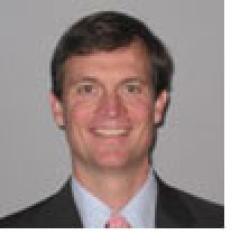“You don’t get paid to win pots, you get paid to make the right decision.” – Doyle Brunson, ten time World Series of Poker Champion
The Problem: Most funds have too many positions. At the end of the day, it is difficult to find good ideas, so it is not surprising that many portfolios with a large number of positions end up with many low and negative risk-adjusted return assets. The point is best made by observing the theory employed by the world’s best poker players.
If you watch poker on TV, an event is typically shown from start-to-finish in an hour, when it actually takes 10 hours to play. How is that possible? It is simple: great poker players fold a lot and there is no need to show folds on TV. Assuming that a player needs at least a pair of 10s or better to stay in the hand, the odds are about 10 percent that a player will have a qualifying hand by the time the last card is turned. A good poker player will therefore fold 9 out of 10 hands, and that is exactly how you eliminate 9 out of 10 hours of poker coverage. It is hard to find positive risk-adjusted return hands and betting on anything else is just throwing money away.
A common explanation for position overload is diversification. But several well known studies, including one by Bill Sharpe of Sharpe Ratio fame, shows that 40 percent of the diversification effect can be achieved with 2 stocks, 80 percent with 8, and 90 percent with 16 stocks. These studies quickly refute the argument of diversification when portfolios hold 50 or more securities.
The Solution: Accept that it is difficult to build a portfolio with many good ideas and create a repeatable process to measure idea quality to help separate the wheat from the chaff. In investing, just as in poker, you are constantly searching for positive risk-adjusted return, but, so is everyone else.
The more people that are looking for it, the harder it is to find. Use a repeatable decision process to determine which assets deserve inclusion in the portfolio and how they should be sized, and you can avoid the alpha destruction of position overload. It is always better to have less exposure and all positive risk-adjusted return positions than to be fully invested with some assets that have negative risk-adjusted returns.
A good rule of thumb for number of positions is based on mental capital. Multiply the number of investment professionals by the number of hours they work in a month. Make an educated guess of the number of hours required each month to cover an asset effectively. Divide the former by the latter to determine how many investments your research staff can cover and how many names can be held in the portfolio.






